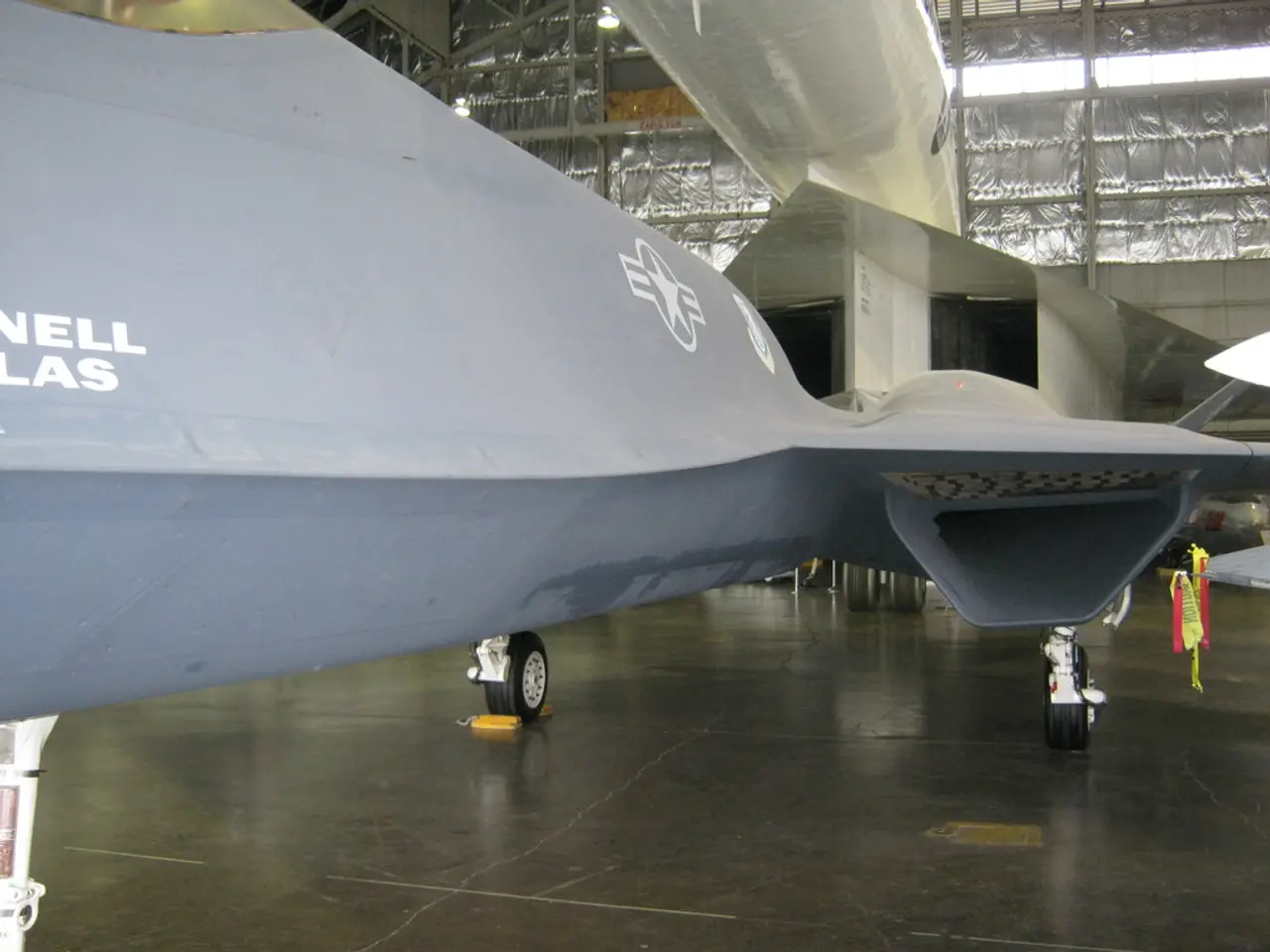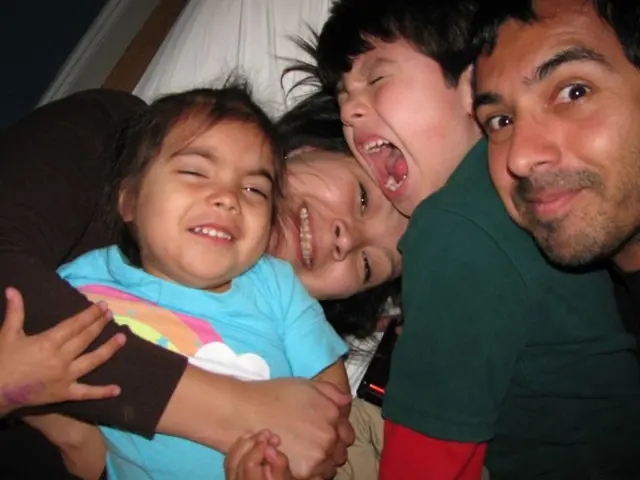Looking for a holiday, but hesitant about air travel?
Flight anxiety, a common fear that affects many travellers, can be a daunting experience. However, a range of training programs designed to address this issue are proving to be effective in helping individuals manage their anxiety and enjoy their flights more.
These programs are designed to tackle the psychological roots of flight anxiety, offering a combination of cognitive-behavioural techniques, exposure therapy, and practical experiences.
Key Methods in Flight Anxiety Training
Education and Reassurance: Many programs provide factual information about flight safety to counter catastrophic thoughts. For instance, the extremely low risk of fatal accidents, with a chance of 1 in 23 million[2].
Cognitive-Behavioral Therapy (CBT): This approach helps change the negative thought patterns that reinforce fear and fosters healthier mental pathways[3].
Exposure Therapy: Gradual exposure to flight-related stimuli helps reduce anxiety by facing feared situations step-by-step. This can start from viewing pictures of airplanes or visiting airports to taking short flights[3].
Virtual Reality (VR) or Simulator Exposure: Using VR headsets or flight simulators, individuals experience realistic scenarios like boarding, takeoff, turbulence, and landing in a controlled environment. This builds confidence and reduces fear without immediately boarding a real plane[1][3].
Practical Flight Experience: Many programs culminate in an actual short flight accompanied by pilots, cabin crew, and psychologists, allowing participants to apply their coping skills in real-life situations[1].
One-on-One Coaching or Therapy: Personalized support, often face-to-face or via video therapy with specialists, helps address individual fears confidentially and effectively[1][4].
Comfort Techniques: Some programs encourage bringing familiar or soothing items (comfort kits) on board to help ease anxiety during actual flights[1].
Airline-specific efforts include frontline staff training to recognise and support fearful flyers, creating a more reassuring environment during flights[1].
Additional Tips for Managing Flight Anxiety
- Starting preparations a few days before a flight can help reduce anxiety, including taking it easy, packing calmly, and treating oneself to relaxation.
- Drinking water regularly can help alleviate anxiety symptoms caused by dry air in the plane.
- Practically all aircraft can continue to fly without any problems even if an engine fails.
- The risk of dying in a plane crash is extremely low, at 0.06 per million flights[5].
- Rushing to the airport stressed can immediately put your body in panic mode.
Addressing the Root Causes
Flight anxiety is not just fear of flying, but a combination of claustrophobia, acrophobia, fear of loss of control, and crash. These programs are designed to help individuals reframe their fear, build psychological resilience, and manage anxiety symptoms, enabling more comfortable flying experiences. Research supports the effectiveness of both virtual and real-world exposure combined with cognitive strategies in reducing flight-related anxiety[3].
For those with severe cases of aviophobia, diagnoses can be made by psychiatrists or psychologists, and treatment can be provided through therapy[6]. Even a lightning strike doesn't necessarily harm the aircraft[7].
In 2024, there were 46 aircraft accidents with 244 fatalities out of over 40 million flights and nearly five billion passengers per year[8]. The most dangerous part of flying, according to former pilot and flight anxiety trainer Jörg Nolte, is the drive to the airport by car[9].
These training programs can be conducted in cooperation with airlines, offering accompanied flights for practical application. With the right support, fearful flyers can take to the skies with confidence.
[1] Mayo Clinic. (2021). Overcoming flight anxiety. https://www.mayoclinic.org/diseases-conditions/anxiety/in-depth/flight-anxiety/art-20047306
[2] Aviation Safety Network. (2022). Aircraft accidents. https://aviation-safety.net/statistics/
[3] International Society for Aviation Psychology. (2021). Flight anxiety. https://www.isapweb.org/flight-anxiety
[4] Anxiety and Depression Association of America. (2022). Cognitive behavioral therapy. https://adaa.org/learn-from-us/from-the-experts/blog-posts/consumer/cognitive-behavioral-therapy-cbt
[5] Flight Safety Foundation. (2022). Aviation safety statistics. https://www.flightsafety.org/resources/aviation-safety-statistics/
[6] American Psychiatric Association. (2022). Diagnostic and statistical manual of mental disorders (5th ed.). https://www.psychiatry.org/psychiatrists/practice/dsm
[7] National Weather Service. (2022). Lightning safety and aviation. https://www.weather.gov/safety/lightning-aviation
[8] Aviation Safety Network. (2022). Aircraft accidents. https://aviation-safety.net/statistics/
[9] Nolte, J. (2021). Flight anxiety: From fear to freedom. https://www.dailystar.co.uk/travel/airline-news/flight-anxiety-former-pilot-anxiety-24752756
- The cognitive-behavioral therapy (CBT) methods used in flight anxiety training can help change the negative thought patterns that reinforce fear, offering a healthier mental approach towards air travel.
- In addition to addressing the fear of flying, these programs work on building psychological resilience, helping individuals manage mental health concerns such as claustrophobia, acrophobia, and fear of loss of control, contributing to overall health-and-wellness during flights.




